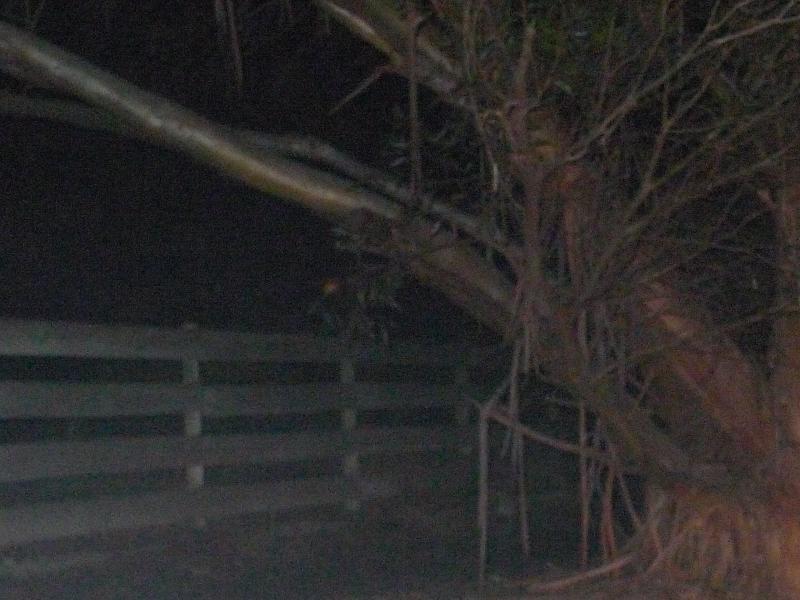On our last day on Kangaroo Island, we made a trip to the Island Pure Sheep Dairy located at Gum Creek Road which is off Cygnet River. It was one of the farms which we haven’t explored yet during our three days visit and we thought it would be good to see how a sheep farm compares to a goat farm (which we often visited in Singapore). We also spent some time in the Northcote area having our lunch and strolling around, before departing from the island later on and from Adelaide the day after.

From a distance, the sheep farm and diary looked a little blurry. Was it the whole dreamlike quality of the vacation or a special setting on my camera? Unfortunately no. What happened was that I accidentally put too much water into the camera lens while trying to clean it!










